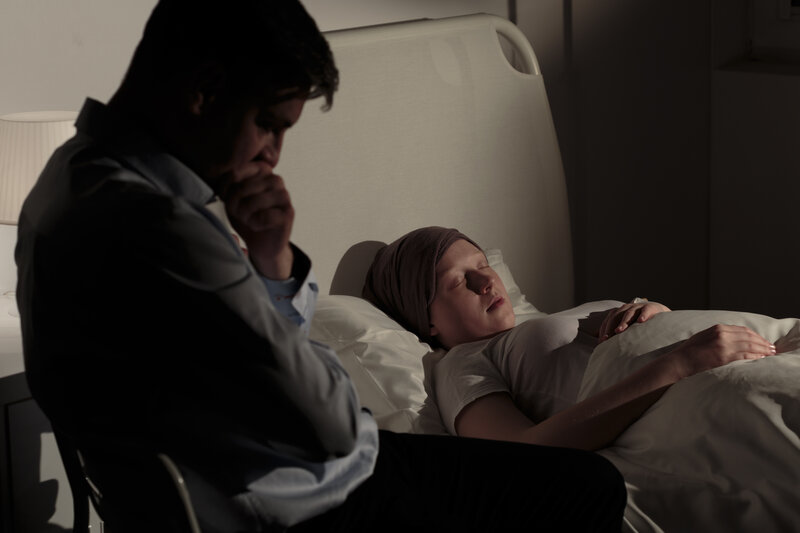Dying vs Active Dying: What’s The Difference?

The term “active dying” is used when someone is in the very last stages of the dying process. This is very different than dying because, in most cases, the physical and mental/emotional states of someone in the active dying stages are identifiable and distinguishable from the slower wind down that happens when they are dying or in decline.